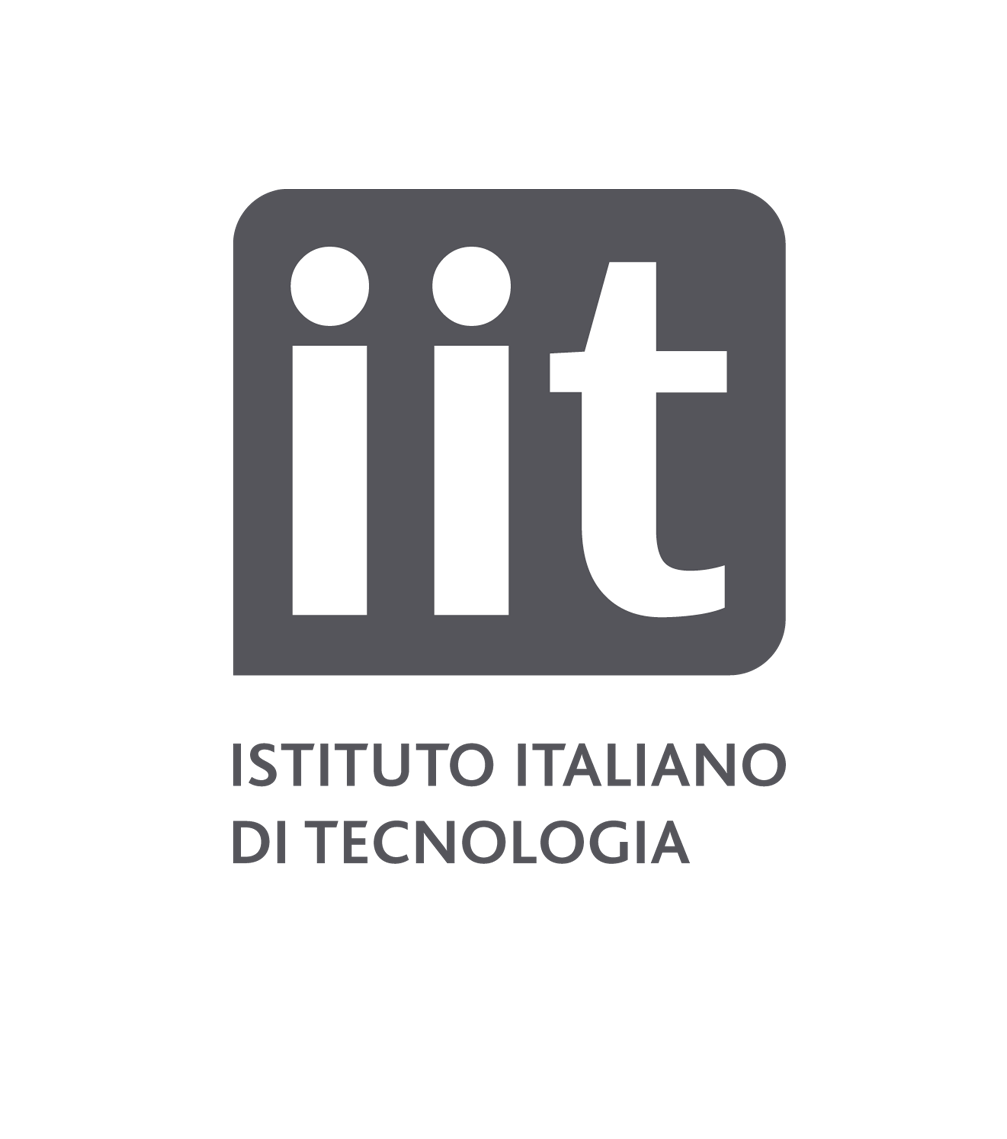The main goal of research activity is to exploit advanced nanofabrication techniques for controlling the properties and the response of materials at the nanoscales.
Particularly, we cover all of the aspects of the research spanning form the design to the fabrication, characterization and practical applications of nanodevices. The majority of the activity concerns the applications of photonic and plasmonic devices to biology and bio-sensing.
Plasmon Nanotechnologies
Activities
- Controlling optical properties at the nanoscales.
- Plasmonics combined with enhanced spectroscopies (Raman, Fluorescence, IR) to trigger and to investigate chemical, physical, or biological processes.
- Combination of Plasmonics with scanning probe techniques.
- Super-hydrophobic and super-oleophobic surfaces as smart platform for molecules delivery at the nanoscale.
- Novel nano-fabrication and nanopatterning techniques.
- Nanodevices for energy production and storage.
Laboratories
A 500 m2 clean room includes ISO6 (yellow room), ISO7 and ISO8 (dressing room). The clean room is equipped with all the main systems for micro and nanofabrication, from lithography and nanopatterning tools to deposition and etching equipment, back-end machines and metrology tools. Chemical benches are available for wet processes. About 100 m2 are dedicated to optical characterization and spectroscopic investigation from the visible to mid infrared range.
Projects
- ERC Ideas Consolidator Grant “neuro-plasmonics” (2014-2018). Role: PI. Aim: radically new interfaces between electro-optical devices and neuronal networks.
- H2020, FET OPEN “PROSEQO” (2016-2019). Role: Coordinator. Aim: to develop next generation devices for protein sequencing.
Collaborations
- Prof. Bianxiao Cui, Stanford University. 3D nanostructures for investigating mechanical forces acting on neurons.
- Prof. G. Strangi, Case western University. 3D plasmonic metamaterials for biosensing.
- Prog. R. Colombelli, Universite Paris-Sud. Plasmonic nanocavity for ultrastrong coupling and lasing process.
- Dr. R. Di Leonardo, Universita di Roma. Novel routes for converting solar light into mechanical energy.
The latest publications
2026
Mancarella C., Moscardi L., Terraneo G., Lamperti A., Iarossi M., De Angelis F., Scotognella F., Bassi A.L.
Solid-state electro-active photonic crystals based on Tantalum-doped Titanium Dioxide multilayers
Optical Materials, vol. 169
2025
Konstantinidou S., d'Amora M., Rocco M.A., Nocilla F., Debellis D., Lorenzoni M., De Angelis F., Gabellini C., Fuso F., Tantussi F., et al.
A photo-inducible nano-switch for spatiotemporal controlled gene editing activation
Materials Today Bio, vol. 32
2025
Weinacker J., Bhandari B.K., Viejo Rodriguez A., West C., De Angelis F., Tantussi F., Maccaferri N., Goldman N., Wegener M.
A Protocol Using Compact 3D Printed Micro-Optical Elements for Protein Identification from Low-Intensity Amino-Acid Raman Signals
Advanced Materials Technologies
People
Principal Investigator
Plasmon Nanotechnologies
IIT OpenTalk Magazine - Lab Highlights Show all >
